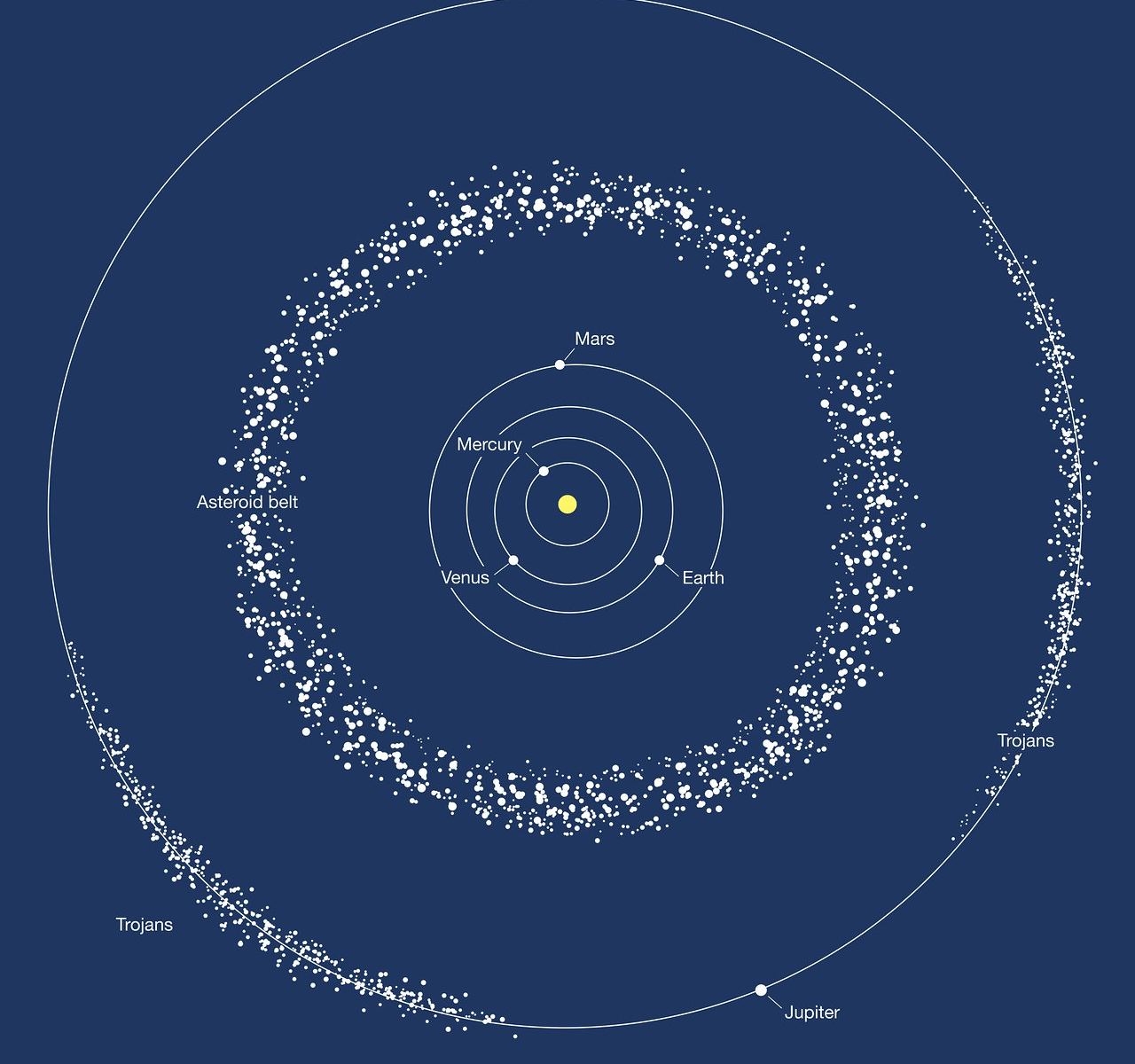In this series we are exploring the weird and wonderful world of astronomy jargon! It’s easy to measure your interest in today’s topic: the astronomical unit!
Measuring distances on Earth is pretty easy using units like kilometers or miles. Your nearest town might be a few kilometers away. A long-distance flight will cover thousands of miles.
But distances in space are a whole other beast. If we stuck to our Earth-bound conventions, it would just get ridiculous. Our Moon, the nearest (natural) object in space worth talking about, is almost four hundred thousand kilometers away. On average, Saturn is easily over a billion kilometers away.
Nobody has time to type all those zeros or keep track of all those ‘illions, especially astronomers, so they’ve come up with a handy solar-system-scale measure: the astronomical unit.
Abbreviated as “AU”, “au”, and sometimes just “A”, the astronomical unit used to be defined as the average distance between the Earth and Sun (I know, I know, it’s a very Earth-centric point of view but you can’t blame us). But as our measurement techniques we improved, we realized that the Earth-sun distance is always changing. So to make life easier the astronomical unit is now defined to be exactly 149,597,870.7 kilometers.
With this new convention, typical solar system distances become much easier to grapple with. Mercury, the closest planet to the sun, orbits at a tight 0.4 AU. Uranus and Neptune, way out in the backyard of the system, are at 20 and 30 AU, respectively. The objects in the Kuiper belt are a few dozen AU away, depending on which one you visit.
Outside the solar system, even the astronomical unit breaks down, which is why astronomers switch to light-years (when they’re talking to the public) and parsecs (when they’re talking to each other). But for solar system scales, the AU is the go-to favorite.

